A comparative study by the EPO and CNIPA primarily examines “Computer Implemented Inventions” – and finds many similarities, but also important differences. In short, the EPO focuses on technical character, while the CNIPA focuses on technical features.
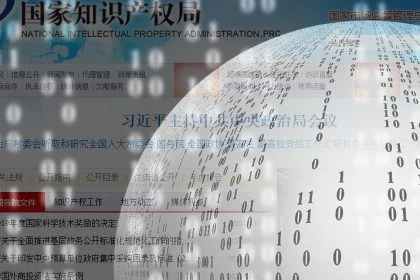 The number of Chinese applicants to the EPO has increased sharply in recent years, rising by +8.8% in 2018 alone, while the Chinese Patent and Trademark Office (CNIPA) received more than 1.5 million patent applications in the same year.
The number of Chinese applicants to the EPO has increased sharply in recent years, rising by +8.8% in 2018 alone, while the Chinese Patent and Trademark Office (CNIPA) received more than 1.5 million patent applications in the same year.
Moreover, since close cooperation between the European Patent Office (EPO) and the CNIPA was only recently established, it was obvious to compare the patent law and the patent application procedure in both offices. A corresponding comparative study between the EPO and CNIPA, which was published at the end of last year, focuses on “Computer Implemented Inventions” – a dynamic growth market and a challenging topic for both patent offices.
Comparative study EPO and CNIPA
Although computer-implemented inventions are patentable, programs for computers, source code or an algorithm as such are not. This applies to the EPO as well as to the CNIPA. This is based on the European Patent Convention (EPC; Article 52 as well as EPO Guidelines, especially EPO Directive G-II) for the EPO and on Chinese patent law (Article 2.2, Article 25.1 as well as CNIPA Guidelines, Part II) for the CNIPA. Abstract and intellectual inventions are therefore not patentable, neither as European nor as Chinese patents.
In both offices, a claimed invention must first be an “invention”, must also be novel and based on an inventive step.
There are therefore many similarities between the EPO and CNIPA, but also many differences. And these can have important implications for patentability in the field of computer-implemented inventions.
Invention and technical character
This is already clear when defining an invention. Although the EPC mentions technical character as an indispensable requirement for an invention, it does not define the term in a positive way, but in Article 52.2 it mentions a – still expandable – list of non-patentable inventions. In practice, therefore, an invention can be patented at the EPO even though the claim does not contain technical features – if the features contribute to the achievement of a technical result.
In contrast to the EPC, Chinese patent law gives a positive definition of what an invention is (in Article 2.2). Accordingly, in China, an invention is deemed to be present as soon as a claim as a whole contains technical features. Therefore, as a rule, the process steps or structural features of the claim must be technical. However, Chinese patent law also offers a counterpart to the exclusion list of Article 52.2 EPC, which is Article 25.1 in Chinese patent law. Moreover, the European concept of “technical character” is not applied in China.
Technical means
Based on the concept of “technical character”, the EPO follows the approach of the so-called “any-technical-means“, i.e. a high weighting of technical means. Accordingly, a claim to a process which requires the presence of technical means is considered to be an “invention” within the meaning of Article 52 EPC, such as a computer, a network or the internet, including, for example, memory and processor. This is true before the EPO regardless of whether a claim includes non-technical features in addition to technical means. Similarly, systems or devices are always considered to be “inventions” because, by definition, they require technical means.
The CNIPA does not use the concept of “technical character”. Accordingly, in determining whether a solution is a technical solution according to the requirements of Article 2.2, the technical means, the technical problem and the technical effect are examined. Unlike the EPO, the CNIPA expects the technical means to be expressed by technical characteristics.
Patent claim on computer program and data structures
As regards the patentability of data structures, practices at the EPO and CNIPA differ considerably. Before the EPO, data structures are in principle patentable provided that they contribute to the basis of the technical effect. Before the CNIPA, however, data structures are excluded from patentability. However, the use of data structures by a method is allowed in China, provided the method meets all other requirements. At the EPO, the patentability of computer data structures is examined according to the guidelines G-II, 3.6.3, at the CNIPA according to the CNIPA guidelines, Part II, Chapter 1, Section 4.2 and Chapter 9.
A patent claim to a computer program requires before the EPO the existence of its own further technical effect beyond the normal effects of the execution of a program. Examples include the control of an industrial process or in the internal functioning of the computer itself, as well as interfaces under the influence of the computer program, for example by improving the efficiency or safety of a process. The EPO examines the patentability of computer-based inventions, applying the problem-solving approach of EPO Guidelines G-VII, 5.4.
The Chinese equivalent is the CNIPA Guidelines, Part II, Chapter 1, Section 4.2 and Chapter 9, which define a technical solution as a summary of technical means, usually embodying technical means as technical characteristics. A declaration of intent (“a method for purpose X”) can also contribute to patentability in China.
Examples in a specific case
Case A: Adapted data transmission rates for a media channel
A user can select an available data rate for a media channel that is lower than the maximum possible data rate.
This is not patentable before the EPO, because the claim is of a financial, administrative or commercial nature and therefore usually not patentable.
The claim can solve the technical problem that adapted data transmission rates are not allocated for different user requirements and can have the technical effect of maximising network utilisation.
Case B: Algorithm in terms of computing time and memory resources – for a simulation
A mathematical algorithm determines particularly efficiently the computing time and memory resources required to generate the random numbers needed for a simulation.
The algorithm is not patentable before the EPO in isolation, but since the mathematical method is relevant to circuit simulation, it serves a technical purpose: patentable.
It is also patentable before the CNIPA, because the mathematical method is applied in a technical field.
You can find more examples of the EPO here: Computer-implemented inventions in the EPO’s Case Law
Inventive step
With regard to the CNIPA, there are currently no specific provisions in the CNIPA Guidelines on Inventive Activity Assessment of Software-related Inventions.
At CNIPA, inventiveness means that the invention represents a remarkable advance over the current state of the art (according to Article 22.3 of the Chinese Patent Law). This is considered to be present if the invention is not obvious to a person skilled in the art, taking into account the prior art. The CNIPA also examines whether the invention has distinctive features.
The EPO also examines whether the invention is obvious to a person skilled in the art, taking into account the prior art. Moreover, Inventive step under Article 56 EPC also requires an non-obvious technical solution to a technical problem.
Any questions about the patentability of computer based inventions, software, AI or industrial robots?
Our attorneys have many years of expertise in patent law and are authorized to represent you before any patent office or court in Germany as well as internationally.
Please contact us if you are interested.
Sources:
Comparative Study EPA and CNIPA
Image:
geralt / pixabay.com / CCO License in our own visual composition



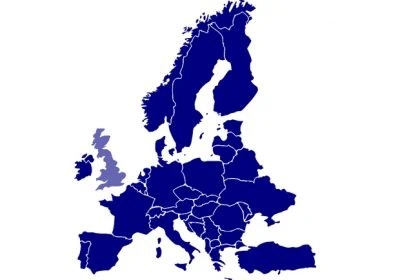
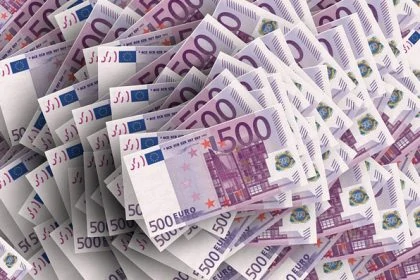
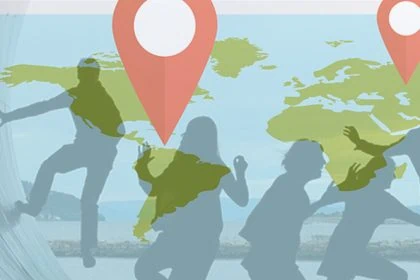
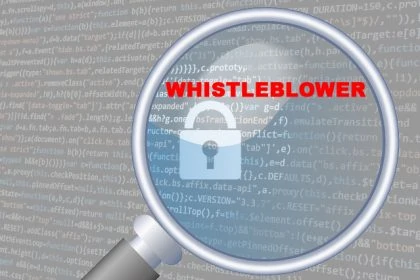
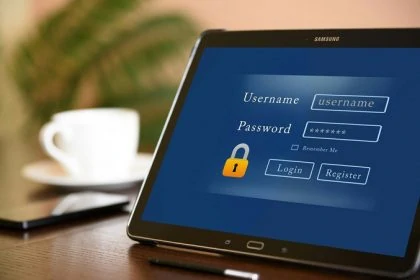
Leave a Reply